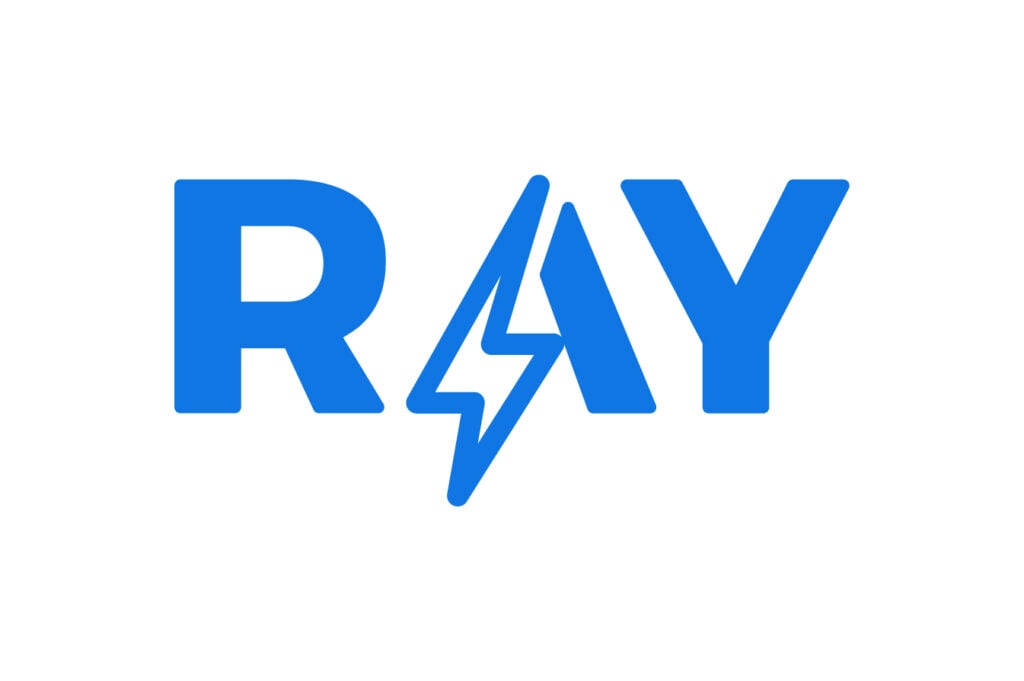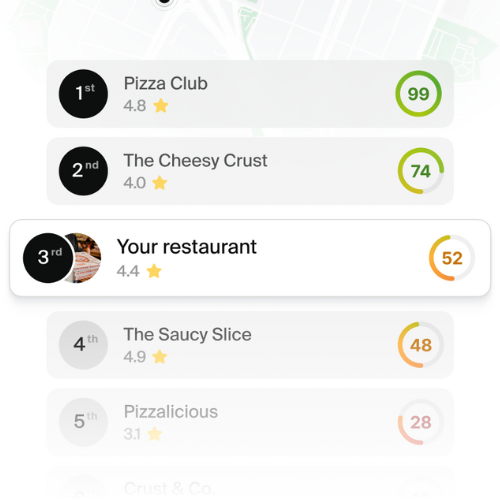It’s no secret that the majority of consumers (87% to be exact) are doing a vast majority of their pre-purchase research online. But, according to US Census data, 90% of all purchases are still made in the store and not on the website
Even though that is the case, today’s shopper still craves the convenience that making a purchase online brings them. We live in an OnDemand economy, so successful businesses need to remove all of the friction points from discovery, to engagement, all the way to purchase or risk losing business to the competitor who does.
This all starts with your website. One of the most difficult things for click-and-mortar businesses to accomplish is turning online traffic into foot traffic in their stores and showrooms. You’re spending all of this money to attract people to your site through digital ads, email marketing, retargeting, and social media. But once you get them there, now what?
There are a number of simple tactics you can implement to really put your website to work for you and really turn browsers into buyers.
1. Keep your website clean and easy to read.
Digital Marketing expert Neil Patel says high converting websites need to obey the law of pithiness. Put in the simplest terms, the content on your website needs to be clear and concise. The more complex it is visitors will be less likely to find what they’re looking for and more likely to bounce.
Identify what you want your customers to accomplish when visiting your site and optimize for that. For example, if you wanted to make it easy for visitors to reach out to you, placing a contact us or chat button on the bottom right of the page is recommended.
That is because people typically read in a Z pattern (left to right/top to bottom), so placing calls-to-action at the bottom or right of the page are most effective.
2. Streamline lead collection.
Simply put, you should make it as easy as possible for interested customers to give you their contact information. The more fields your customers have to fill out or the more steps in the process the more likely it is for that customer to give up before finishing.
3. Speak their language.
Once you’ve collected the lead it’s important for the conversation to be started seamlessly and through a channel that consumers prefer. For most people, that’s going to be some sort of messaging tool. Research has found that nearly 90% of consumers would like the option to message a business but less than 50% of businesses offer that option.
Whether it be SMS text, Facebook Messenger, or any of a number of other messaging apps out there, make it easy for customers to initiate a conversation with you directly from your website. Providing visitors the option to communicate with you via text messaging gives them more control and convenience because they’re not tied down to their computer like they would be with traditional live chat.
4. Route leads to the right people, automatically.
Now that you’ve got a conversation started, it’s imperative to get those leads in the hands of the right people. Using bots or having chats managed by a third party might be more convenient for you, but is it a good experience for your customers?
A lot of times, bots or managed chat operators don’t have the necessary information to really answer the questions visitors to your site might have, and being passed from person to person can be frustrating.
That’s not to say that there aren’t scenarios where bots could be helpful, like if someone is asking for your business hours or what your address is. But, if you’ve got a hot lead in the queue it’s important to route those leads directly to your a member of your sales team who has the necessary knowledge and skill to nudge that visitor toward an in-store visit and one step closer to making a purchase.
This can be accomplished by utilizing a tool that routes incoming messages to departments or teams based on the context and content of the messages. This will ensure faster response times and eliminate confusion about who should respond to messages as they come in.
5. Optimize, Optimize, Optimize.
Finally, it’s important to measure which of your webpages are converting the best and which ones need a little work. While it can be difficult at times to attribute in-store sales to web activity, if you have the right tools in place to track inbound leads, it can be manageable.
Get more out of your website with our Reviews Widget.
We recently added new features to help you deliver a better user experience to customers looking to connect with your business. It shows your business latest reviews to generate trust and improve conversion, which leads to more sales.
Additionally, it gives you the ability to customize the look and feel of your widget to make it your own. To learn more about how the Reviews Widget can help your business, request a demo today.
Improve the online reputation of your business with RAY
Do you want people to speak well of your brand online? With an adequate strategy you can improve the user experience and with it, the online presence of your business.
The best: you don’t have to spend all your time on homework. You only need the right tool.



